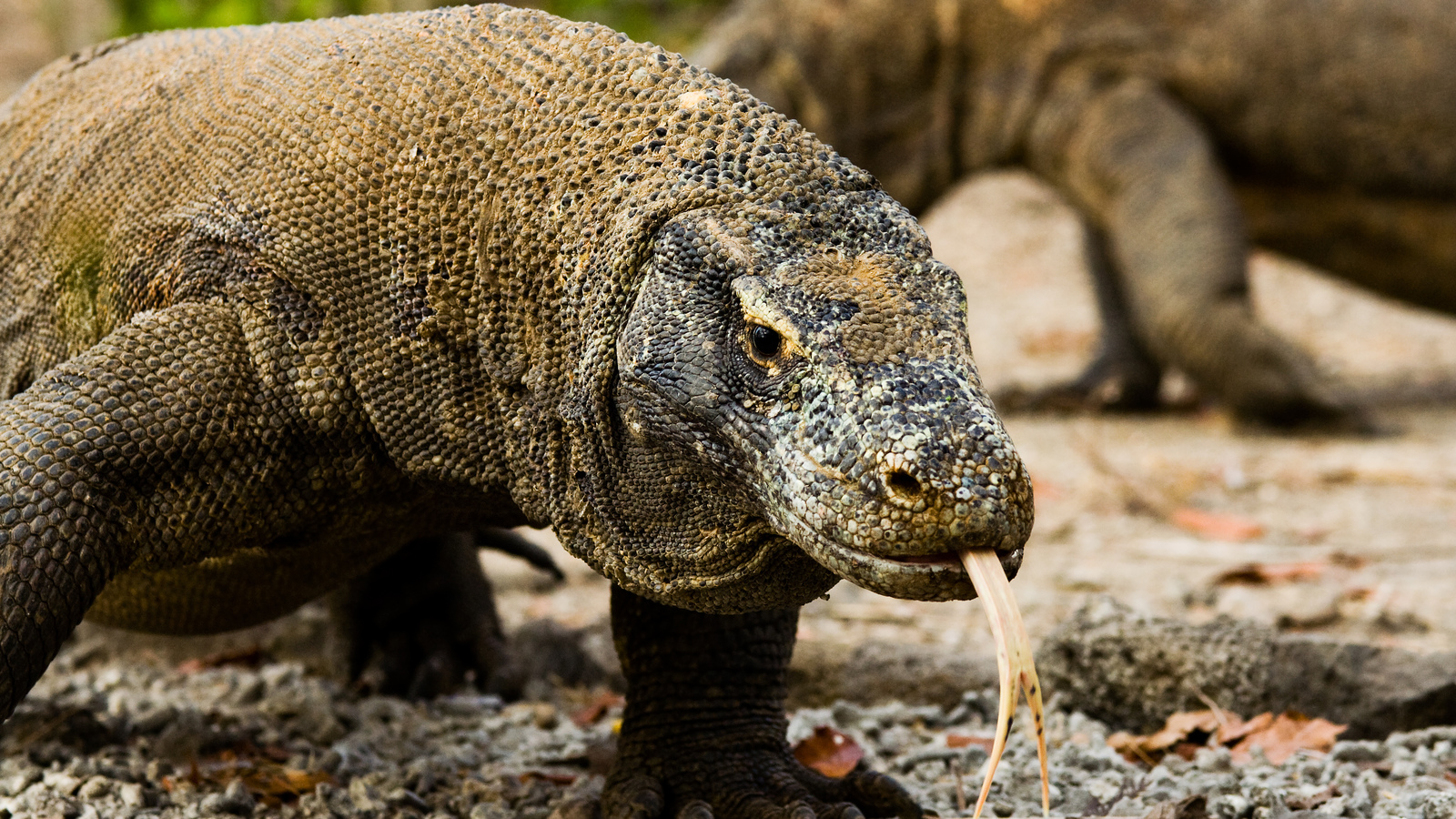 Introduction:
Introduction:
Reptiles are a diverse group of animals that rely on exterior sources to keep up their body temperature. Unlike mammals, that are endothermic and may regulate their own physique temperature, reptiles are ectothermic and depend on the sun, rocks, or water to warm up or cool down. A recent research sought to analyze how numerous elements resembling time of day and environmental situations have an effect on the physique temperature of reptiles.
Methodology:
:max_bytes(150000):strip_icc()/petrolacosaurusBBC-58b9c0345f9b58af5ca0b2d7.jpg) The researchers conducted the research in a pure habitat the place they observed a wide range of reptiles, together with snakes, lizards, and turtles. They used small knowledge loggers connected to the animals to document their body temperature at regular intervals throughout the day and night. The researchers also measured the ambient temperature, humidity, and sunlight publicity at the time of information collection.
The researchers conducted the research in a pure habitat the place they observed a wide range of reptiles, together with snakes, lizards, and turtles. They used small knowledge loggers connected to the animals to document their body temperature at regular intervals throughout the day and night. The researchers also measured the ambient temperature, humidity, and sunlight publicity at the time of information collection.
Results:
The examine found that reptiles’ body temperature diverse considerably depending on the time of day and environmental situations. For instance, reptiles had been found to have greater physique temperatures during the day once they had been exposed to direct sunlight. It’s because reptiles rely on external heat sources to warm up their bodies and enhance their metabolic fee. At evening, the body temperature of reptiles dropped as they have been unable to entry adequate heat to take care of their metabolic functions.
Moreover, the researchers noticed that sure species of reptiles are warm blooded had completely different temperature preferences. For example, snakes have been discovered to prefer warmer temperatures in comparison with turtles, which might tolerate decrease physique temperatures. This suggests that completely different species of reptiles have advanced totally different methods to cope with modifications in environmental temperature.
Dialogue:
The findings of this research have necessary implications for our understanding of reptiles’ physiology and conduct. By understanding how reptiles’ body temperature adjustments in response to external elements, we can higher protect and conserve these animals of their pure habitats. For example, efforts to conserve reptile pet care populations may involve creating synthetic heat sources or microclimates that mimic their most popular temperature range.
Conclusion:
In conclusion, this research sheds light on the advanced relationship between reptiles’ physique temperature and environmental situations. By investigating how numerous components influence reptiles’ physique temperature, we are able to achieve invaluable insights into their conduct, physiology, exotic pet kingdom and exotic pet kingdom conservation wants. Further analysis on this area might help inform conservation efforts and improve our understanding of these fascinating animals.

No responses yet